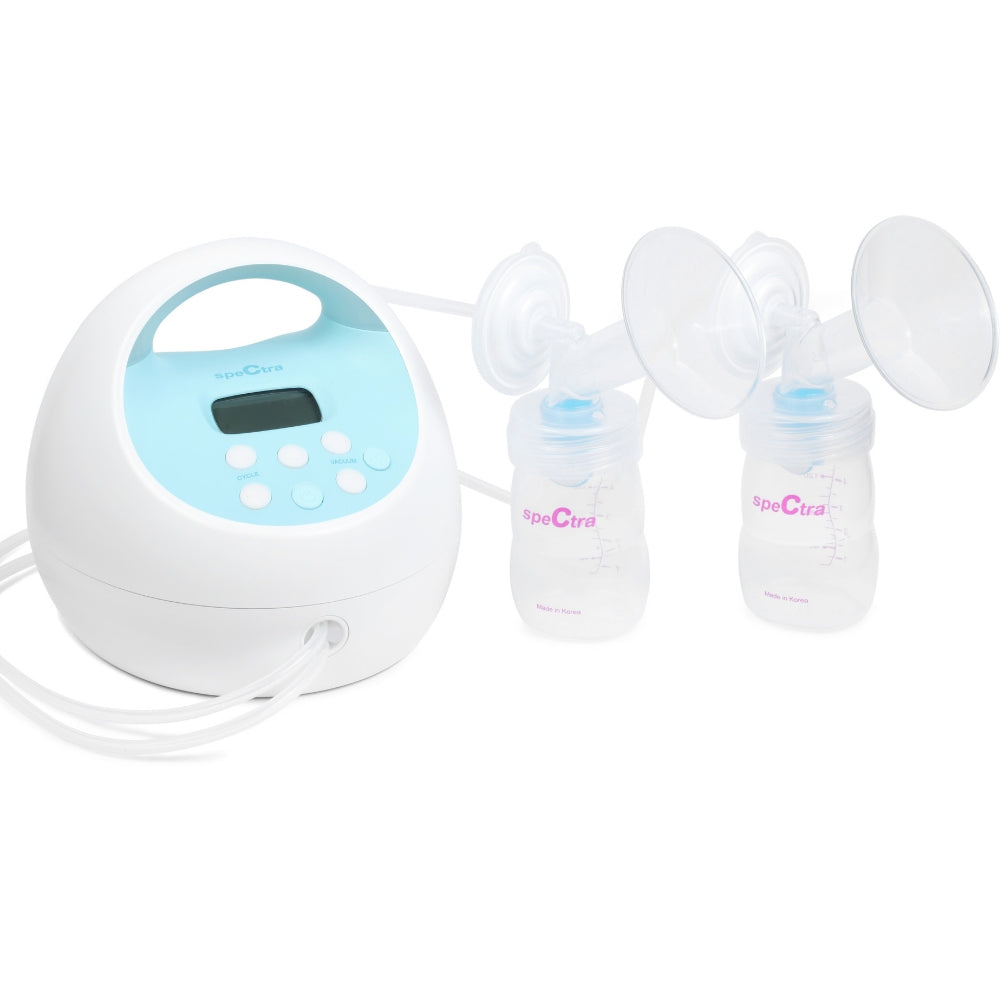
#Spectra s2 breast pump sterilize free
(Worth noting: Under the Affordable Care Act, your insurance is required to cover a breast pump for you, but the wearables are rarely offered as one of the free models.

That said, no pump is perfect, and they can have some downsides, too. Wearable pumps are definitely convenient and often quieter than their traditional counterparts. These wearable breast pumps collect milk into a boob-shaped bra insert rather than a bottle, with the goal of making breast pumping more discreet (you can keep your shirt on and you don’t need a dedicated pumping bra) and more manageable (you can accomplish more on your never-ending parent to-do list if you’re not forced to be plugged into the wall, or walking around with milk bottles dangling precariously from your chest). In the past few years, the classic horn-shaped breast pumps (the best-known of which are the Spectras, which we’ve reviewed before, and the Medela Symphony, which you often find at hospitals, though there are many others) have gotten a slew of new competitors known as wearables. Just take all the money you save from purchasing a more affordable pump, and invest it all in multiple pieces of Spectra-compatible parts, and leave your extras lying around Breast Pump Land for the rest of us to find.Photo-Illustration: The Strategist Photos: Retailers If you are just starting your journey into Breast Pump Land and you’ve somehow the Medela Galaxy, the Spectra S1 is definitely a model to start investigating. But with this much milk, who needs those? Sure, the S1 doesn’t have an app or 24/7 access to a lactation consultant.

If you opt for the model without the rechargeable battery, the S2 is barely over $100 (but seriously, don't do that). But to top it off, at $160, it's about half the price of the comparable Medela Sonata. That alone would make the purchase of a new pump worth it. I could express as much milk in four or five minutes as I could in ten minutes with a Medela pump. After experimenting with different cycle speeds for letdown and expression, I found that I was able to speed up production. Being able to tinker with the cycle length and vacuum speed means that you can make the smallest changes for your own comfort. No pump will ever feel like a nursing baby, but the S1 comes closer than most. Join Parenting In a WIRED World, a new Facebook Group for parents to discuss kids' health and their relationship to tech. I have already spent way too much of my life in my backyard whipping clear plastic tubing around my head in the style of Petey Pablo to get the last few remaining water drops out. As a mom, this is an amazing way to save yourself some time and energy.


More practically speaking, it also means that you don’t have to take apart your pump to clean and sterilize the pump face and tubing. The backflow protector ensures that your baby’s milk will be bacteria-free. But it’s a distinct enough possibility that Medela instructs users to clean the pump face and tubing to deter milk from getting into the pump and molding.) (Nota bene: I’ve pumped with a Medela pump for three years and never had milk go up in the tube. It is a small, flexible, white, rubber membrane that prevents milk from accidentally backing up in the tube. In the S1, this barrier is a backflow protector in the pump flange. An open system doesn’t have a barrier between the pump mechanism and the milk collection system, while a closed system does. The main difference between the Spectra pumps and the workhorse Medela Pump in Style Advanced is that the Spectra pumps have a closed system, versus an open system.


 0 kommentar(er)
0 kommentar(er)
